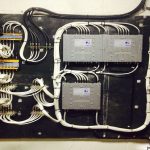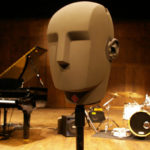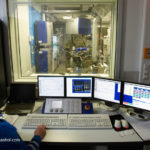
Pace makers are wondrous things. They prolong the lives of many people – however they are not without fault. Pace makers are typically controlled by electrical impulses delivered to the heart via a series of electrodes. These electrical impulses can do a lot of damage to the muscles surrounding the heart over the course of a few years. The method utilised to do this also requires direct contact with the heart. Because installing the pace maker requires a great deal of time and expertise because surgeons need to actually cut their way into the chest means that in order to tweak the settings or location of the electrodes can be quite a difficult task.
This is where recent research comes into play that has allowed researchers to control the speed of an embryonic heartbeat with pulses of light. Although the technology used to train cells via interaction with light is not a new field, researchers finding ways of controlling a heartbeat via light impulses is. It was discovered by researchers who placed a laser fibre cable above the heart of a young quail embryo. The pulse density was altered and researchers noted that as the pulse rate changed so did the heart rate of the embryo.
The research team have now moved to adult quails and are having mixed results. Because the opacity of the tissue surrounding the heart is much darker, controlling the heart is a little more difficult because the light doesn’t penetrate the tissue as much. It is also much more difficult to find the sweet spot or perfect spot to get the technique to work correctly. While the research is still in early days, it will be interesting to see how it progresses and how it is implemented in clinical trials involved with humans. It has the potential to revolutionise pace maker technology and cardiology research.












